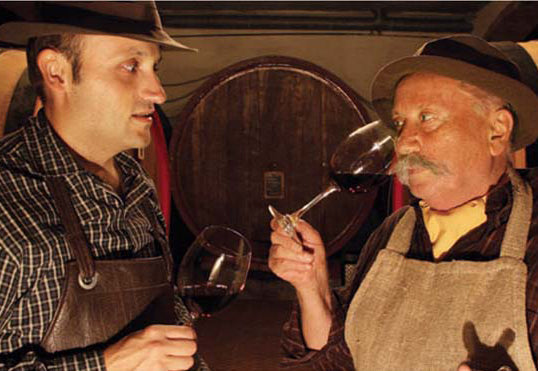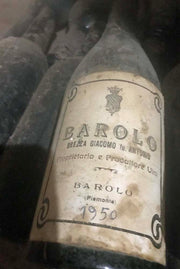The Evolution of Barolo – From Traditional to Modern

Barolo: a name that makes wine lovers drool and piques the curiosity of novices. This powerful red wine from the heart of Piedmont is renowned worldwide for its elegance, complexity, and aging potential. But anyone who thinks Barolo is stuck in tradition is mistaken. Behind every glass lies a rich history and a lively debate between tradition and innovation. How has Barolo evolved into what it is today? And what does that mean for you as a wine lover or explorer?
Back to the roots: the traditional Barolo
Until the 1970s, Barolo was made in a virtually identical manner. Long maceration (30 to 50 days), fermentation in large wooden barrels (often Slavonian oak), and several years of aging in wood and bottle were standard. The result? Barolos that only became accessible after ten to fifteen years, but then offered deep complexity and fantastic aging potential.
Traditional producers like Giuseppe Rinaldi , Bartolo Mascarello , and Cappellano remain true to this style. Their Barolos demand patience and dedication, but reward with unparalleled finesse and character.
The modern revolution
The 1980s saw the emergence of a new generation of winemakers, influenced by international styles and techniques. Shorter maceration times, temperature-controlled fermentation, and the use of smaller French oak barriques (often new) resulted in softer tannins, more intense fruit aromas, and Barolos that are now ready to drink even later.
Names like Luciano Sandrone , Elio Altare , and Paolo Scavino are often associated with this more modern style. Their Barolos are more seductive in their youth, with a greater focus on ripe fruit, softness, and immediate drinkability – without losing the identity of Nebbiolo.
Climate change: friend and foe
The climate in Piedmont has noticeably warmed in recent decades. While full ripeness of Nebbiolo wasn't always achieved in the past, recent vintages have become much more consistent—and often riper. This results in Barolos with softer acidity, riper tannins, and fuller aromas.
This presents opportunities for both traditional and modern winemakers: the wines are more accessible, but sometimes lose some of the angularity and structure that are so characteristic of Barolo. At the same time, climate change also demands adaptation: higher elevations, more precise harvest times, and careful vineyard management are becoming increasingly important.
The golden mean
Today, we're seeing an interesting trend: hybrid producers who remain true to tradition but selectively innovate. Think of Vietti , Pio Cesare , or Massolino . They use both large botti and smaller barriques, combine classic and modern techniques, and strive for a balance between structure and elegance.
These wines appeal to a wide audience: they are more accessible than the "old Barolos", but still have enough backbone and character to age well.
What does this mean for you as a Barolo drinker?
Whether you're a novice explorer or a seasoned collector, the Barolo landscape offers more choice than ever before. Here are a few tips:
-
Curious and impatient? Choose modern producers with young, drinkable Barolos. Think 2019 or 2020 vintages from houses like Sandrone or E. Altare.
-
Love tradition and depth? Go for classic houses like Rinaldi or Mascarello – ideally from slightly older vintages.
-
Looking for balance? Choose a producer with both feet firmly planted in the past and present, like Massolino or Vietti.
At Brunolo.nl, you'll find Barolos in each of these styles – with clear information for each wine, including style, vintage, and cellaring potential. This way, you can choose the perfect bottle for your taste.
Finally: Barolo is not a wine, it is an adventure
Every bottle of Barolo tells a story—about the terroir, the vintage, the winemaker, and the choices made in the cellar. The evolution of Barolo is not just a technical matter, but also a cultural and emotional journey.
Whether you fall for a silky-smooth modern Barolo or a robust classic made with 20 years of patience – Barolo remains a wine that moves.
Looking for your perfect Barolo? Discover our selection at Brunolo.nl , featuring unique Crus, exclusive vintages, and honest stories about every bottle.

